Foam bubbles up from sink
mratner
12 years ago
Featured Answer
Sort by:Oldest
Comments (31)
randy427
12 years agomratner
12 years agoRelated Professionals
North New Hyde Park Handyman · Cloverly Kitchen & Bathroom Remodelers · Clovis Kitchen & Bathroom Remodelers · Honolulu Kitchen & Bathroom Remodelers · Kendale Lakes Kitchen & Bathroom Remodelers · Morgan Hill Kitchen & Bathroom Remodelers · Phoenix Kitchen & Bathroom Remodelers · Republic Kitchen & Bathroom Remodelers · Saint Helens Kitchen & Bathroom Remodelers · Salinas Kitchen & Bathroom Remodelers · Santa Fe Kitchen & Bathroom Remodelers · Vista Kitchen & Bathroom Remodelers · Waukegan Kitchen & Bathroom Remodelers · Westchester Kitchen & Bathroom Remodelers · South Jordan Kitchen & Bathroom Remodelersrandy427
12 years agomratner
12 years agoionized_gw
12 years agomratner
12 years agohomebound
12 years agohomebound
12 years agobrickeyee
12 years agoionized_gw
12 years agomratner
12 years agohomebound
12 years agoasolo
12 years agolazypup
12 years agoUser
12 years agolazypup
12 years agomratner
12 years agojakethewonderdog
12 years agobrickeyee
12 years agomratner
12 years agolazypup
12 years agoasolo
12 years agobrickeyee
12 years agomratner
12 years agoweedmeister
12 years agobrickeyee
12 years agomratner
12 years agolive_wire_oak
12 years agoHU-276373316
3 years agokudzu9
3 years ago
Related Stories

DECORATING GUIDES10 Design Tips Learned From the Worst Advice Ever
If these Houzzers’ tales don’t bolster the courage of your design convictions, nothing will
Full Story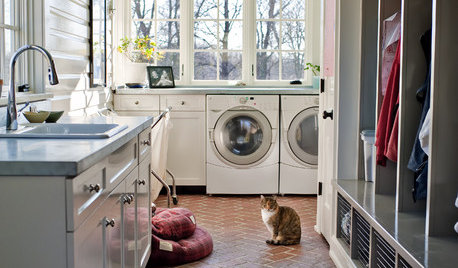
LAUNDRY ROOMSGet More From a Multipurpose Laundry Room
Laundry plus bill paying? Sign us up. Plus a potting area? We dig it. See how multiuse laundry rooms work harder and smarter for you
Full Story
HOMES AROUND THE WORLDTraditional Kitchen Opens Up and Lightens Up
Removing a wall was key to creating a large kitchen and dining space for family life in this London house
Full Story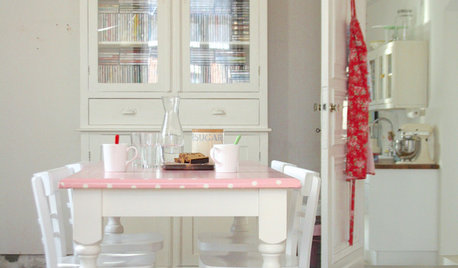
DECORATING GUIDESWake Up Tired Furniture With Paint, Paper and Fabric
Give ordinary pieces a new spin with crafty updates, like a fresh tabletop, decorated sideboard and wall-size pinboard
Full Story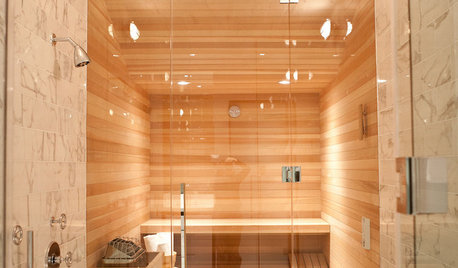
BATHROOM DESIGN15 Ways to Warm Up Your Bathroom for Winter
Keep the chill away in body and spirit with everything from warm colors to high-end bathroom features
Full Story
BATHROOM DESIGNStyle Up Your Bathroom Storage
Consider these ideas for attractively displaying your towels, toiletries and other bathroom essentials
Full Story
HOUZZ TOURSHouzz Tour: From Old Stable to Minimalist Guesthouse in England
Its interior bays once held racehorses, but now this all-white and wood home holds fascination as a modern part-time home
Full Story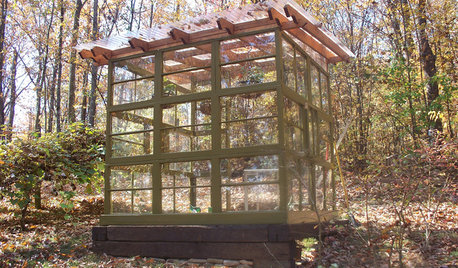
GARDENING AND LANDSCAPINGSee a Family Greenhouse Grown From Scraps
Can-do resourcefulness and less than $400 lead to a new 8- by 8-foot home for plants on a Tennessee family's property
Full Story
KITCHEN DESIGN16 Practical Ideas to Borrow From Professional Kitchens
Restaurant kitchens are designed to function efficiently and safely. Why not adopt some of their tricks in your own home?
Full Story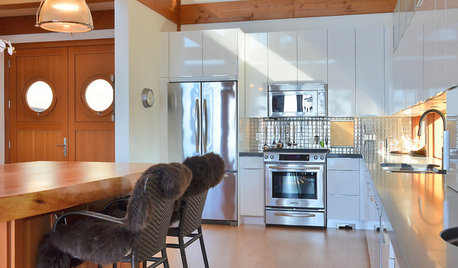
REMODELING GUIDES6 Must-Know Lessons From a Serial Renovator
Get your remodel right the first time, with this insight from an architect who's been there too many times to count
Full Story








lazypup